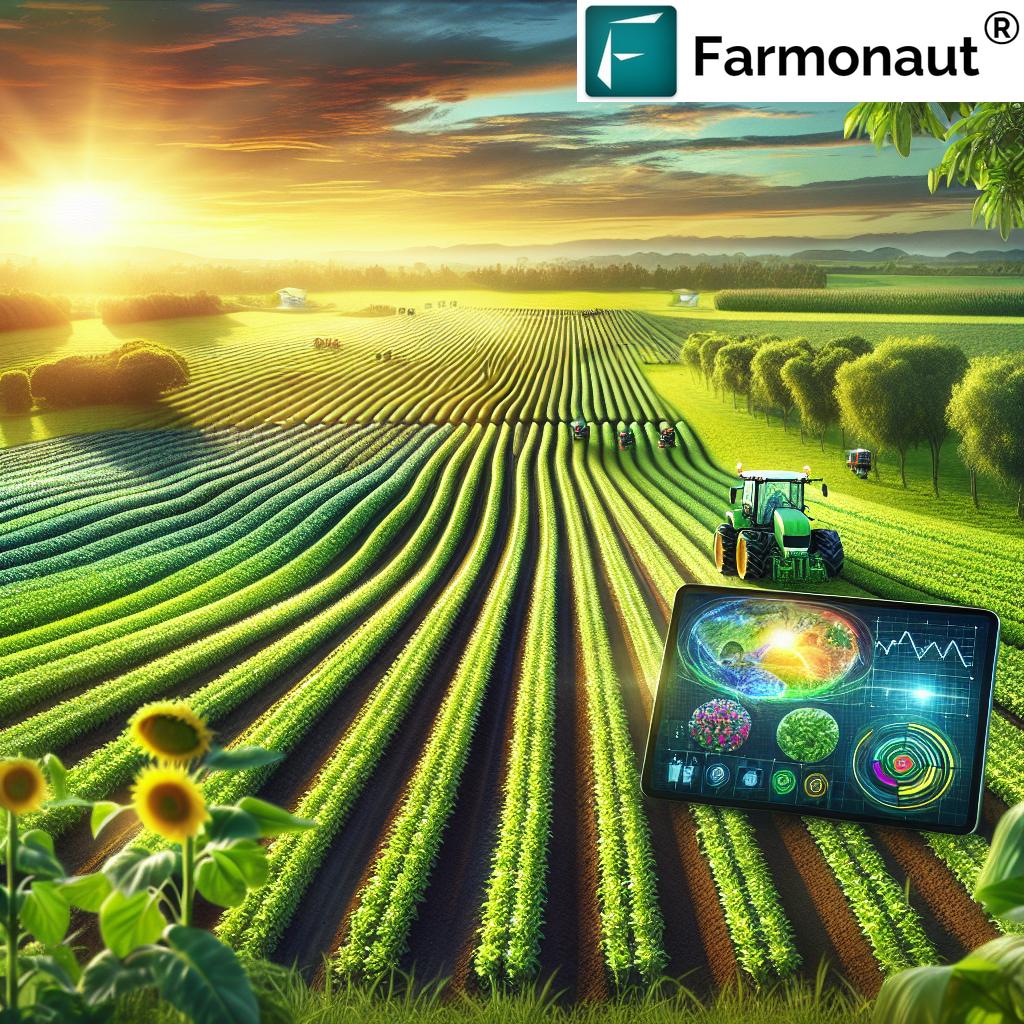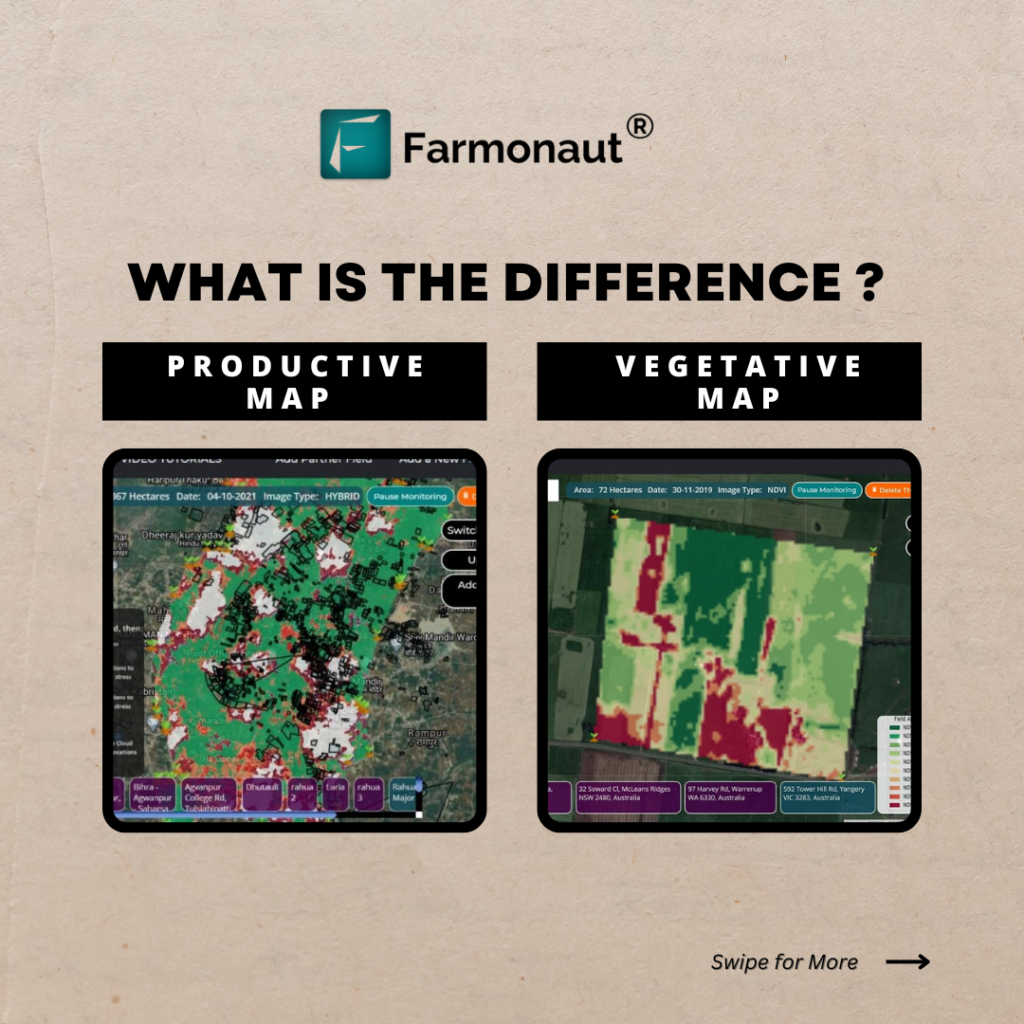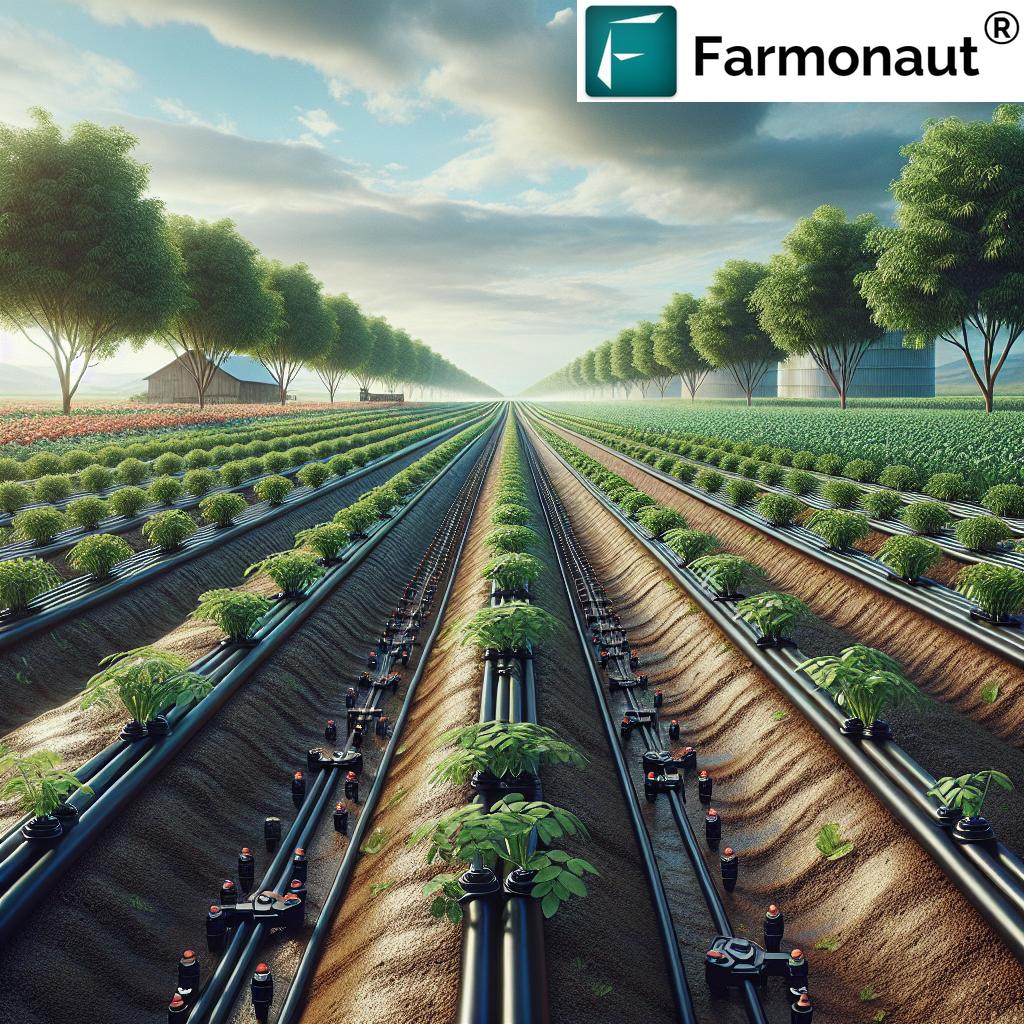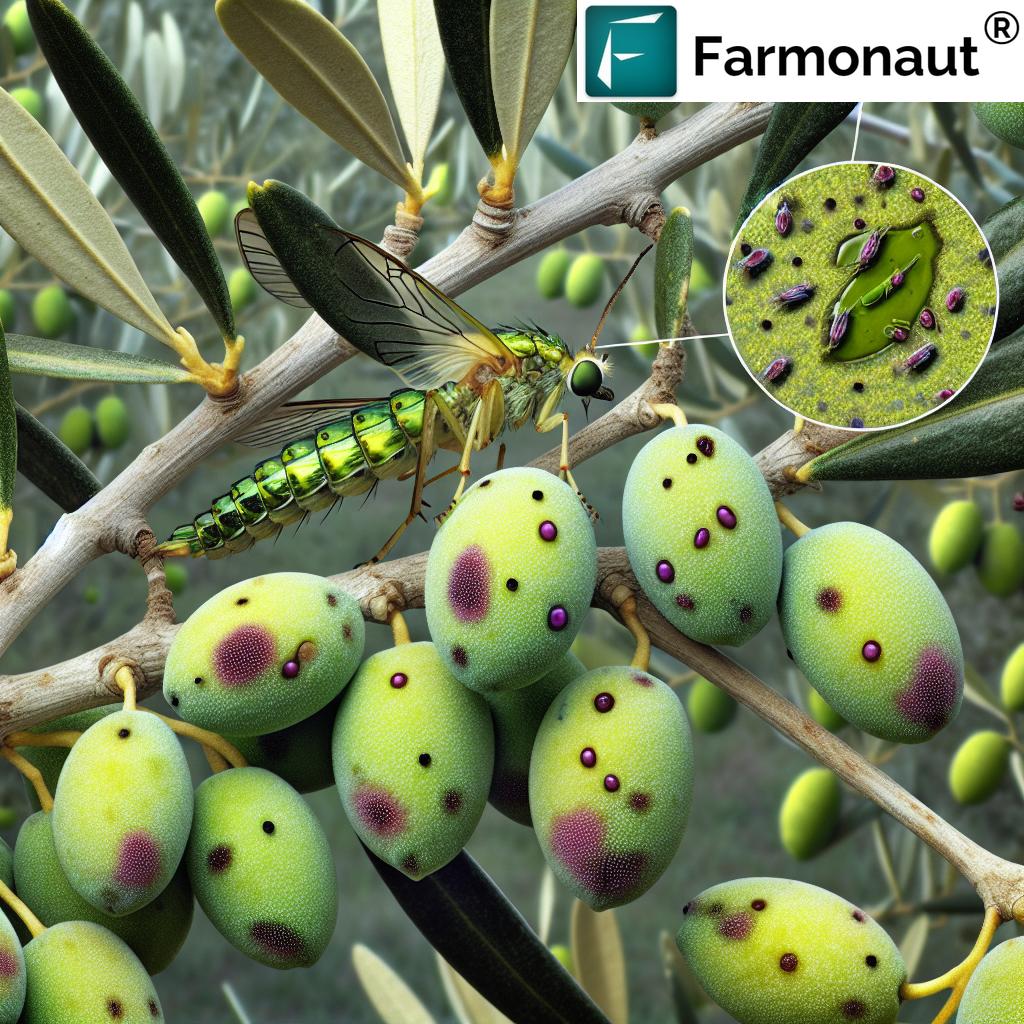Uses of Farming 2025: Essential Climate‑Smart Tools
Meta summary: The uses of farming in 2025 extend beyond producing food. Agriculture functions as a multifunctional system delivering nutrition, materials, climate resilience, and socio‑economic stability. From ecosystem services and organic practices to precision tools, sensors, and verification systems, this guide explains how farms balance productivity with planetary stewardship.
Reading time: ~20–25 minutes | Updated: 2025
Why it matters: Placing our focus keyword early improves SEO and clarity. This article explores the uses of farming and the uses of agriculture in 2025, emphasizing ecosystem services, soil health, organic and regenerative practices, and precision tools and sensors that improve productivity, resilience, and climate outcomes.
“In 2025, cover crops can boost soil organic carbon by up to 0.3% annually, enhancing climate resilience.”
Table of Contents
- Introduction: Why the uses of farming are broader in 2025
- Primary uses: Food, feed, fiber, and fuel—still central in agriculture
- Beyond commodities: Ecosystem services that underpin productivity
- Uses of organic farming and regenerative practices
- Uses of farming tools: Precision, sensors, robotics, and automation
- Climate adaptation and mitigation: Carbon‑smart systems and MRV
- Socio‑economic uses: Rural livelihoods, access, and stability
- How we at Farmonaut enable climate‑smart agriculture in 2025
- Climate‑Smart Farming Practices and Tools Comparison (Sortable)
- Implementation: Extension, finance, and inclusive innovation
- FAQ: Uses of farming, tools, organic systems, and verification
- Conclusion: Farming as planetary stewardship
Introduction: Why the uses of farming are broader in 2025
Farming is no longer just producing food. In 2025, the uses of farming and the broader uses of agriculture include delivering nutrition, materials, climate resilience, and social and economic stability. With climate pressures rising, farms function as climate buffers, biodiversity stewards, and data‑driven enterprises. The uses of farming tools have evolved, from traditional implements to precision technologies—tractors, variable‑rate applicators, drones, satellite imagery, soil‑moisture sensors, and software that enable better decisions about irrigation, fertilization, and pest control.
At the same time, organic and regenerative practices are increasingly mainstream. They rebuild soil organic matter, restore microbial diversity, and enhance water‑holding capacity. This improved soil health underpins productivity and long‑term outcomes, particularly under climate extremes. These systems often secure price premiums and strengthen local markets, even though yield gaps for certain crops remain a focus for inclusive policy and research.
Below, we detail the multifaceted uses of farming in 2025: primary production (feed, fiber, vegetables, livestock, cotton, and bioenergy crops), ecosystem services (carbon sequestration, water regulation, pollination habitats), and the precision and digital tools that make agriculture sustainable and planetary in scope.
Primary uses: Food, feed, fiber, and fuel—still central in agriculture
The primary uses of farming remain the production of food and materials that sustain global security and rural livelihoods. Key pillars include:
- Food crops: Grains, vegetables, fruits, pulses, and oilseeds provide essential calories, micronutrients, and nutrition.
- Feed for livestock: Pasture systems and fodder crops support meat, dairy, and egg production.
- Fiber crops: Cotton and other fibers supply the textiles industry, creating rural jobs and economic value.
- Fuel and bioenergy: Agro‑residues, sugarcane, maize, and energy grasses feed biofuels and biomaterials pipelines.
These outputs ensure stability in supply chains and household access to diverse foods. However, the uses of agriculture go beyond commodities, extending into landscape restoration and stewardship of ecosystem functions that underpin productivity itself.
Beyond commodities: Ecosystem services that underpin productivity
Agriculture in 2025 functions as a multifunctional system, delivering crucial services that sustain both farms and society:
- Carbon sequestration: No‑till, cover crops, agroforestry, and perennial systems store carbon in soil and biomass, helping lower net emissions.
- Water regulation via wetlands, riparian buffers, and diversified rotations that increase infiltration and reduce runoff, stabilizing irrigation and downstream quality.
- Pollination habitats: Flowering strips, hedgerows, and diversified rotations support wild pollinators, improving yields and crop quality.
- Biodiversity and landscape mosaics that reduce pest outbreaks, enhance pest predator services, and build climate resilience.
- Erosion control and microclimate moderation with residue cover, reduced tillage, and shelterbelts.
These ecosystem outcomes are increasingly recognized in emerging markets for carbon and biodiversity, provided that verification and measurement, reporting, and verification (MRV) are accessible across farm sizes.
Uses of organic farming and regenerative practices
The uses of organic farming and regenerative agriculture are expanding across many regions, moving from niche to mainstream. These practices focus on soil function, biodiversity, and circular nutrient flows:
- Crop rotations and multispecies cover crops break pest cycles, diversify rooting depths, and stabilize yields.
- Composting and manure management return organic matter and microbial life to soil, improving nutrient release and capacity to hold water.
- Reduced tillage lowers fuel use, protects aggregates, and limits oxidation of organic matter, cutting emissions.
- Integrated pest management (IPM) prioritizes monitoring and thresholds, using targeted controls only when needed to reduce synthetic chemical dependency.
- Agroforestry and perennials add canopy layers, provide shade, and create habitats, enhancing ecosystem services.
Organic and regenerative systems often command price premiums and strengthen local marketing. Though yield gaps for certain crops persist, hybrid approaches—integrating organic principles with precision tools—are increasingly common to balance productivity and sustainable outcomes.
Uses of farming tools: Precision, sensors, robotics, and automation
The uses of farming tools have expanded dramatically. Traditional implements are now complemented by precision technologies that optimize inputs, reduce waste, and lower emissions while increasing yields and conserving resources. In 2025, key components include:
- GPS‑guided tractors and variable‑rate applicators for seed, fertilizer, and crop protection, reducing overlaps and enabling field‑zone strategies.
- Drones for scouting and spot‑application, capturing high‑resolution imagery to find pest hotspots and nutrient stress early.
- Satellite analytics feeding software dashboards: NDVI and crop vigor metrics enable in‑season decisions and harvest planning.
- Soil and canopy sensors for irrigation scheduling that match water application to root‑zone demand.
- Robotics and automation to perform repetitive tasks—seeding, weeding, thinning, and harvesting—improving timeliness of operations, especially important given aging populations and labor shortages.
Together, these tools transform farms into digital, data‑rich enterprises. For smallholders, the priority is access to low‑cost sensors and bundled advisory, plus cooperative ownership models for advanced equipment.
“Regenerative rotations reduce synthetic fertilizer use 15–25%, cutting nitrous oxide emissions and improving ecosystem services.”
Climate adaptation and mitigation: Carbon‑smart systems and MRV
One of the most critical uses of agriculture in 2025 is direct climate action. Farms enhance resilience through climate‑smart varieties, efficient irrigation, and diversified cropping, while also reducing net emissions and participating in ecosystem markets with robust verification:
- Adaptation: Drought‑tolerant varieties, deficit and pulse irrigation, shade trees in agroforestry, and tactical planting windows reduce heat and water stress.
- Mitigation: No‑till, cover crops, residue cover, and perennials enhance carbon sequestration and cut fuel use. Precision nutrient management lowers nitrous oxide emissions.
- MRV readiness: Simple, transparent measurement and verification pathways let farms convert stewardship into revenue, especially where digital systems standardize data for carbon and biodiversity credits.
Socio‑economic uses: Rural livelihoods, access, and stability
Farming’s social uses include employment, cultural heritage, and local entrepreneurship. Rural extension, equitable access to finance, and fair markets sustain livelihoods. Urban and peri‑urban agriculture adds fresh produce, green space, and educational benefits to local communities.
Priority areas in 2025 include:
- Inclusive innovation: Low‑cost sensors, shared equipment, and onboarding for first‑time digital adopters.
- Farmer‑centric digital extension: Bite‑sized advisories, weather‑linked alerts, and language localization.
- Finance: Satellite‑supported verification for loans and insurance reduces risk and expands access.
How we at Farmonaut enable climate‑smart agriculture in 2025
As a pioneering satellite technology company, we provide digital solutions that make the uses of farming measurably more efficient, sustainable, and climate‑ready. We focus on affordability and access, offering satellite monitoring, AI‑based advisory, blockchain traceability, fleet and resource management, and environmental impact tracking through Android, iOS, web/browser apps, and APIs.
What our core technologies offer
- Satellite‑Based Monitoring: We deliver multispectral analytics (e.g., NDVI) for vegetation and soil condition insights. This supports resource allocation and management of irrigation, fertilization, and pest control, helping reduce waste and lower emissions.
- Jeevn AI Advisory: We provide real‑time insights and weather overlays that enable targeted decisions to improve yields and stabilize operations.
- Blockchain‑Based Traceability: We strengthen supply chain transparency, ensuring trusted provenance from field to buyer.
- Fleet & Resource Management: We help users optimize logistics and equipment, boosting efficiency and productivity.
- Environmental Impact Monitoring: We provide carbon footprint tracking that supports MRV and verification needs in ecosystem markets.
Explore how to get started:
- Farmonaut API: Integrate satellite analytics into your systems for scalable decision support.
- API Developer Docs: Build digital workflows for monitoring and alerts.
- Carbon Footprinting: Understand how environmental impact monitoring supports verification and markets.
- Traceability: Use blockchain to ensure trusted sourcing and transparency.
- Fleet Management: Optimize movement, reduce fuel, and enhance timeliness of operations.
- Large‑Scale Farm Management: Manage multiple fields, monitor crops, and unify data into one system.
- Crop Loan & Insurance: Leverage satellite‑based verification to support access to finance.
Get the app to experience satellite insights on the go:
Climate‑Smart Farming Practices and Tools Comparison
This sortable table maps ecosystem services to regenerative practices and precision technologies. Use the region filter and seasonality notes to plan farm‑context adoption in 2025 and beyond. Each practice/tool includes an internal link to relevant Farmonaut solutions for monitoring, traceability, or MRV support.
| Group | Practice/Tool | Ecosystem Service Supported | Estimated Impact 2025 | Cost Range (USD/ha) & Payback | Implementation Complexity | Farm Context Fit | Required Sensors/Inputs | Co‑benefits & Risks | Verification Potential (MRV) | Region | Seasonality Window | Data Confidence |
|---|---|---|---|---|---|---|---|---|---|---|---|---|
| Regenerative | Cover Cropping | Carbon sequestration; water regulation; erosion control; biodiversity habitat | GHG −5–15%; Water saved 5–20%; SOC +0.2–0.6 t/ha/yr; Yield stability +3–10% | $20–120; Payback 1–3 seasons | Low–Medium | Rainfed/Irrigated; Small/Medium/Large | Soil probes optional; Satellite/Drone NDVI monthly to biweekly | Weed suppression; potential pest pressure shift if poorly managed | High (practice evidence + remote sensing) | Global | Post‑harvest to pre‑plant | High |
| Regenerative | Reduced Tillage / No‑Till | Carbon sequestration; erosion control; water regulation | GHG −5–20%; Water saved 5–15%; SOC +0.1–0.5 t/ha/yr; Yield stability +2–8% | $10–80; Payback 1–2 seasons | Low–Medium | Rainfed/Irrigated; Medium/Large (scales to small) | Residue cover; Satellite NDVI and radar for residue detection | Fuel savings; compaction risk if wet entry | High (geospatial residue proxies) | Global | Year‑round practice | Medium–High |
| Regenerative | Composting & Organic Amendments | Carbon sequestration; biodiversity; water regulation | GHG −3–10%; SOC +0.2–0.7 t/ha/yr; Yield stability +4–12% | $40–200; Payback 2–4 seasons | Medium | Rainfed/Irrigated; Small/Medium | Moisture/temperature for piles; Satellite vigor indices | Improved microbial diversity; transport/labor needs | Medium (practice + lab soil tests) | Americas | Spring/Fall application | Medium |
| Regenerative | Agroforestry (Alley/Contour) | Carbon sequestration; biodiversity habitat; erosion control; water regulation | GHG −10–30%; SOC +0.3–1.0 t/ha/yr; Yield stability +5–15% | $80–400; Payback 3–6 seasons | Medium–High | Rainfed; Small/Medium | Satellite canopy metrics; Weather station optional | Shade, windbreaks, diversified income; establishment lag | Medium–High (biomass + remote sensing) | Africa | Wet season planting | Medium |
| Regenerative | Integrated Pest Management (IPM) | Biodiversity habitat; reduced emissions via targeted inputs | GHG −3–12%; Yield stability +3–10% | $10–60; Payback 1–2 seasons | Medium | Rainfed/Irrigated; Small/Medium/Large | Scouting data; Satellite/Drone NDVI; pheromone traps | Lower chemical dependency; requires monitoring discipline | High (digital scouting + imagery) | Asia | Crop‑specific thresholds | High |
| Precision | Variable‑Rate Fertilization | GHG reduction; water quality regulation | GHG −5–25%; Water saved 2–8%; Yield stability +3–12% | $25–120; Payback 1–3 seasons | Medium | Irrigated/Rainfed; Medium/Large | Satellite/Drone NDVI frequent; soil tests; GPS applicators | Input savings; requires calibration | High (application logs + RS) | Global | Pre‑topdress windows | High |
| Precision | Soil‑Moisture Sensors | Water regulation; erosion control (by avoiding over‑irrigation) | Water saved 10–35%; Yield stability +4–10% | $40–220; Payback 1–3 seasons | Medium | Irrigated; Small/Medium/Large | Soil probes; gateway; optional satellite soil moisture | Improved water productivity; device maintenance | High (sensor logs) | Europe | Peak evapotranspiration | Medium–High |
| Precision | NDVI Satellite Monitoring | Biodiversity habitat (indirect via vigor); erosion risk mapping | GHG indirect; Yield stability +2–8% (via timely decisions) | $2–15; Payback same season | Low | Rainfed/Irrigated; All scales | Satellite NDVI every 5–10 days; cloud‑gap fill | Early stress detection; cloud cover limits | High (consistent RS) | Americas | All season | High |
| Precision | Fleet & Resource Management | GHG reduction (logistics); erosion control (timely field entry) | GHG −2–10%; Yield stability +1–5% | $5–30; Payback 1–2 seasons | Low | All contexts; Medium/Large | GPS trackers; app dashboards | Fuel savings; training required | Medium–High (digital logs) | Asia | All season | Medium |
| Precision | Blockchain Traceability | Indirect: trust boosts uptake of climate practices | GHG indirect; Yield stability — | $3–25; Payback varies with premiums | Low–Medium | All contexts; Co‑ops & enterprises | Mobile app; QR; ledger integration | Market access; data entry discipline | High (audit‑ready chain) | Global | All season | High |
| Precision | Carbon Footprint Monitoring | Carbon accounting; supports MRV | GHG tracking 100%; SOC tracking via proxies | $2–20; Payback via credits | Low | All contexts; All scales | Satellite indices; activity data; weather | Ecosystem market access; data quality needs | High (standardized MRV) | Global | Annual inventory | Medium–High |
Notes: Impacts are indicative ranges compiled for 2025 planning; actual results vary by crop, climate, and management. Data confidence reflects strength of published evidence and remote‑sensing feasibility in each context.
Implementation: Extension, finance, and inclusive innovation
Scaling climate‑smart uses of farming requires practical steps and supportive policy. The following approach ensures both planetary responsibility and farm‑level productivity:
1) Start with soil and water
- Assess baseline soil health and moisture dynamics. Focus on cover crops, reduced tillage, and targeted irrigation scheduling.
- Adopt organic amendments and build diversity in rotations to stabilize yields under climate extremes.
2) Layer precision tools for quick wins
- Use satellite NDVI to prioritize scouting and adjust inputs where stress signals appear.
- Install low‑cost sensors for irrigation and adopt variable‑rate applicators to reduce waste.
3) Build market and MRV readiness
- Document practice adoption and outcomes with photos, machine logs, and software records for verification.
- Explore ecosystem markets for carbon and biodiversity, aligning data with standardized MRV.
4) Leverage digital extension and finance
- Use mobile advisories and extension guides for thresholds, disease forecasts, and harvest timing.
- Consider satellite‑supported verification to improve access to credit and insurance.
For monitoring and planning, consider these product links to streamline your systems and workflows:
- Large‑Scale Farm Management – Consolidate field monitoring, integrate satellite indices, and coordinate operations across crops.
- Traceability – Demonstrate responsible sourcing and improve buyer confidence in organic and regenerative claims.
- Carbon Footprinting – Track carbon intensity, report sequestration proxies, and prepare for ecosystem markets.
- Fleet Management – Cut logistics costs and fuel use to further reduce emissions.
- Farmonaut API – Build customized digital dashboards for precision agriculture.
FAQ: Uses of farming, tools, organic systems, and verification
What are the most important uses of farming in 2025?
The core uses are still food, feed, fiber, and bioenergy. However, farms now also deliver ecosystem services: carbon sequestration, water regulation via wetlands and cover crops, pollination habitats, and biodiversity that underpin long‑term productivity and climate resilience.
How do precision tools and sensors improve outcomes?
Precision tools—GPS guidance, variable‑rate applicators, drones, satellite imagery, and sensors—optimize inputs, reduce waste, and lower emissions. They improve irrigation timing, fertilization efficiency, pest control, and in‑season targeting, thereby increasing yields while conserving resources.
What are the uses of organic farming for climate resilience?
Organic and regenerative practices build soil organic matter, restore microbial diversity, and enhance water‑holding capacity. Crop rotations, composting, reduced tillage, and integrated management improve resilience to climate extremes.
How can smallholders benefit in 2025?
Prioritize low‑cost sensors, bundled extension advisories, and cooperative models for expensive robotics. Digital workflows and satellite‑based verification can improve access to credit and insurance, stabilizing livelihoods.
What is MRV and why does it matter?
MRV stands for Measurement, Reporting, and Verification. It standardizes evidence of climate and ecosystem services. Readiness for MRV allows farms to participate in carbon and biodiversity markets, turning stewardship into new revenue streams.
Which practices yield quick paybacks?
Satellite NDVI monitoring, variable‑rate applications, and soil‑moisture sensors often pay back within 1–3 seasons by saving inputs, improving timeliness, and safeguarding yields.
Are there trade‑offs to watch?
Yes. For instance, cover crops may shift pest pressure if not managed, and reduced tillage can increase compaction risk during wet field entry. Use site‑specific decisions, scouting, and software planning to balance risks.
Conclusion: Farming as planetary stewardship
In 2025, the uses of farming reflect a broader, climate‑aware mission. The primary production of food, feed, fiber, and bioenergy continues to support global security and rural livelihoods. Beyond commodities, farms now deliver ecosystem services—carbon sequestration, water regulation via wetlands and cover crops, pollination habitats, and biodiversity—that underpin long‑term productivity and resilience. With precision tools, sensors, robotics, and automation, farms optimize inputs, reduce waste, and lower emissions while safeguarding health and resources.
Meanwhile, organic and regenerative practices—rotations, composting, reduced tillage, and integrated management—are critical for rebuilding soil function, restoring microbial diversity, and improving the capacity to endure climate extremes. Accessible MRV and fair verification systems are essential so that farms of all sizes can join ecosystem markets. Looking ahead, inclusive innovation—farmer‑centric extension, interoperable data, and scalable finance—will determine adoption at speed and scale.
Important note: We are not an online marketplace, a manufacturer/seller of farm inputs or machinery, or a regulatory body. We provide digital and satellite solutions that help the agriculture ecosystem plan, monitor, and verify with confidence.












